Exploring Indoor Mist Cooling Systems
Indoor mist cooling systems represent an innovative solution designed to enhance comfort and manage temperature in various indoor environments. These systems function by dispersing a fine mist into the air, which, when evaporated, reduces the ambient temperature. Ideal for a range of applications, from residential to commercial spaces, these systems are an efficient method for climate control.
Types and Applications
The versatility of indoor mist cooling systems is evident in their various types, each serving distinct purposes. Water mist fan indoor models are popular for personal use, providing a portable option for cooling specific areas. Larger, more complex systems are employed in commercial settings, such as warehouses or greenhouses, where maintaining optimal conditions is crucial for product quality or plant growth.
Features and Materials
An indoor mist cooling system is engineered with features that cater to different needs. Systems range from basic manual operations to advanced units with programmable cycles and humidity control. The materials used in these systems are selected for durability and performance, including corrosion-resistant metals and high-grade plastics, ensuring longevity and consistent operation.
Advantages of Indoor Mist Cooling
The advantages of integrating an indoor mist cooling system into a space are multifaceted. They provide an eco-friendly alternative to traditional air conditioning by consuming less energy. Additionally, these systems help in dust suppression and can improve air quality, which is particularly beneficial in environments sensitive to airborne particles.
Choosing the Right System
Selecting the right indoor mist cooling system involves considering the size of the area, the desired temperature drop, and the specific application. For personal use, a water mist fan indoor model might suffice, while larger spaces may require a more robust system with a higher capacity for mist output.
Maintenance and Sustainability
Maintaining an indoor mist cooling system is straightforward, with regular cleaning and occasional part replacement being the primary requirements. Sustainability is another key aspect, as these systems use water efficiently and can significantly reduce the carbon footprint of cooling methods when compared to traditional air conditioning units.

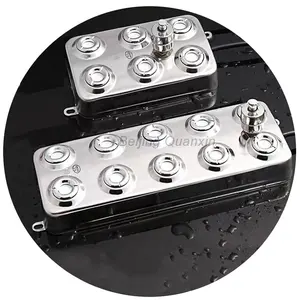
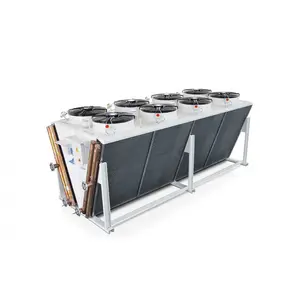



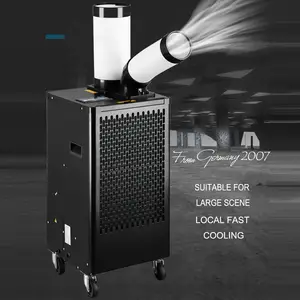



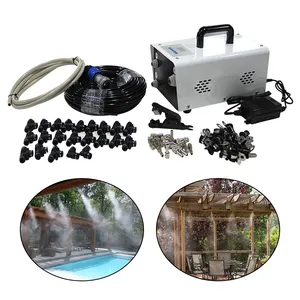
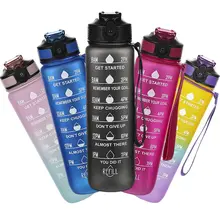
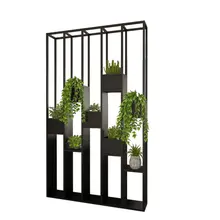


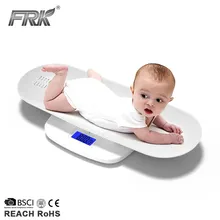



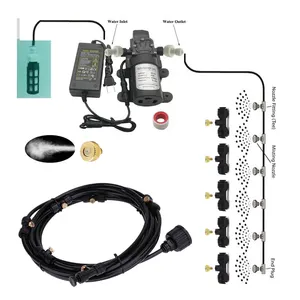





















 浙公网安备 33010002000092号
浙公网安备 33010002000092号 浙B2-20120091-4
浙B2-20120091-4